SEWING BIRDS is pure joy for me! It is how I relax, think about what is going on in my life, and rejuvenate. I am thrilled to be able to turn this love into a book. I want to thank Tricia Waddell, editorial director at Interweave, for calling me half an hour after I e-mailed her my proposal, causing me to fall off my chair in disbelief. Tricias excitement about my work, and her ability to help me refine my idea, showed me what a fine publisher Interweave truly is. Thank you to my editor, Elaine Lipson. Thanks also to Hilly Forsythe for being my pattern tester, and to my mother-in-law, Judi Glassenberg, for coming up with the book title.
My husband, Charlie, recognized early in our relationship that I need to be creative to stay happy. He has helped me to find time and space to create every day, even when family life became very busy. We were out on a rainy date night in April 2009, when I turned to him and said I had an idea for a craft book. Charlies love, support, and keen editing ability kept me going as the process unfolded. His help and partnership helped me to focus on the big picture and the nitty-gritty and kept me laughing every step of the way. The births of my daughters, Roxanne and Stella, and my decision to stay at home with them, launched this hobby-turned-second career. I love their confidence that Mommy can make anything!
My parents, Bruce and Myra Patner, provided a creative household for my sister, Rachel, my brother, Matt, and me, when we were growing up. Crayons and Play-Doh and art lessons abounded. We were encouraged to come up with our own projects and we were allowed to play freely with high-quality materials. Art became part of my everyday life even as a young child, and I hope to provide that kind of environment for my own children.
And finally, thank you to all of my blog readers throughout the five years that I have written whileshenaps. My interactions with the online art and craft community keep me motivated and continue to inspire me every day.
for artists and crafters. There are hundreds of varieties of birds, with endless variation in colors and feathers, size of beaks and length of toes, and shapes of heads and tails. People seem irresistibly drawn to the tiny size of birds, the look of wonderment in their eyes, their quick movements and, of course, their ability to fly.
MY BIRDMAKING JOURNEY began when I had my first child and took maternity leave from my job as a teacher, and then decided to stay home full time. I had enjoyed my job as a middle school teacher; I knew I was doing good work, but it was hard work. Being home with a baby was a different sort of hard work. I yearned to use my creative energy, so I began to sew.
I have always been a maker and have explored all kinds of art and crafts, from watercolors to origami, but sewing was always a constant and something I wanted to return to. I began to explore soft toy making in earnest. I searched my local library for books on sewing soft toys and found that most were published in the 1960s and 1970s, but were still informative; through them, I began to learn how soft toys were designed and sewn. I launched a blog (whileshenaps.typepad.com) to record my experiments, and I started to participate in the online craft community, where I learned about Japanese craft books. Despite the language barrier, I sewed up many soft toys from these books, too.
FROM MAKER TO DESIGNER
Through many hours of working with other peoples patterns, I gained the skills and confidence to design my own toys. I always began with a sketch, worked with different elements I had been introduced togussets, darts, and underbodiesand developed designs that I loved. I began to sell my work at local craft shows and online and was invited to do a solo show at my library. For that exhibition, I made more than fifty designs, including my first birds. When the show was over, I knew I wanted to keep going with birds. For the next three years, I sewed birds almost exclusively.
I was no longer creating toys; each bird took several hours to complete and some were made with delicate vintage fabrics. To me, these fabric birds are really decorative objects for the home. Beautiful and evocative standing on a mantle or bookshelf, in the nursery, or in an office, each bird is one of a kind and very special. A fabric bird is like a little soul peering out in wonder, keeping you company.
HOW TO USE THIS BOOK
In this book, youll find sixteen of my fabric bird patterns, as well as comprehensive sections on tools, materials, and basic birdmaking techniques that you can use to make any bird. Ive included tips and tricks throughout for embellishing birds and using them in assemblages. Ive also included interviews with four extraordinary fabric-bird artists for added inspiration and a gallery of their creations.
The materials I use to create fabric birds are readily available in most fabric stores. You probably already have most of them, and the few specialized tools I encourage you to invest in will most certainly be useful in tasks beyond birdmaking. A sewing machine, a few yards of colorful quilting cotton, thread, some wool or polyester stuffing, and wire from the hardware store, along with a pair of long tweezers or forceps, will get you started. I know youll enjoy selecting fabrics and color combinations and enhancing each bird to make it your own.
Once youve sewn a few of the birds from this book, I encourage to you design your own patterns for birds. Nearly all of the birds are designed around the same three elementsunderbody, side body, and head gusset. By playing with the shape and size of each of these basic elements you will be able to design your own bird. Delve into fabric birdmaking. I think once you see your first bird come to life you will share my excitement and want to make fabric birds of every variety. ~ abby

These are the materials and tools youll need to make the birds in this book. See project instructions for additional requirements for specific birds. In this chapter, Ill explain how I use these materials and tools in detail.
materials
 Tightly woven cotton fabrics, 45" (114.5 cm) wide, such as those used by quilters (I use plain fabrics for bird bodies and colored fabrics and prints for feathers and details)
Tightly woven cotton fabrics, 45" (114.5 cm) wide, such as those used by quilters (I use plain fabrics for bird bodies and colored fabrics and prints for feathers and details)
 Wool stuffing (polyester stuffing may be substituted)
Wool stuffing (polyester stuffing may be substituted)
 Lightweight fusible interfacing
Lightweight fusible interfacing
 Heavyweight interfacing, fusible on both sides, for flying birds (such as Fast2Fuse Heavyweight brand)
Heavyweight interfacing, fusible on both sides, for flying birds (such as Fast2Fuse Heavyweight brand)
 Cotton batting
Cotton batting



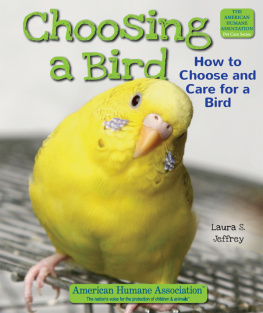
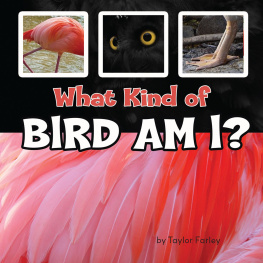
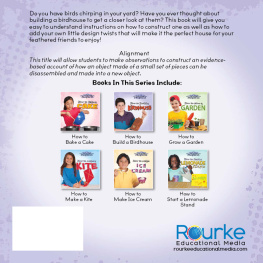
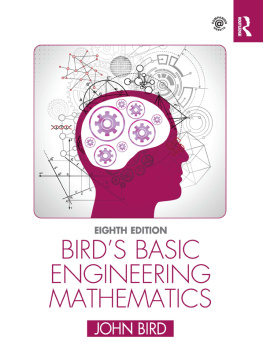
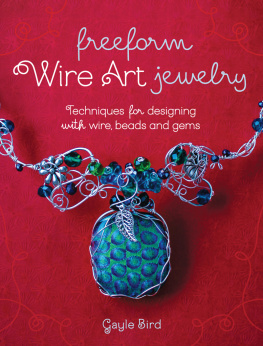
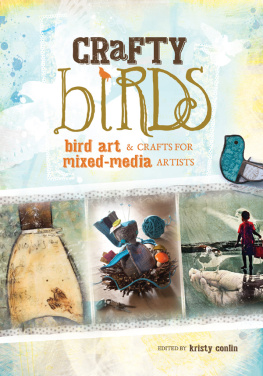
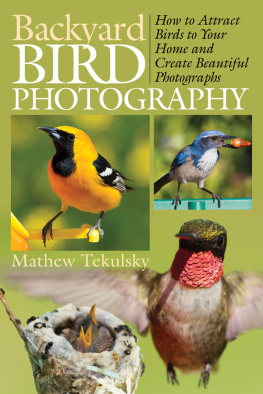
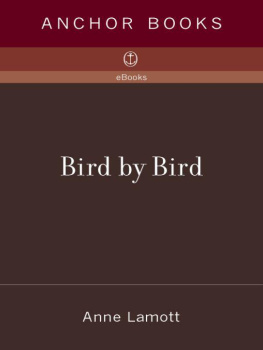




 Tightly woven cotton fabrics, 45" (114.5 cm) wide, such as those used by quilters (I use plain fabrics for bird bodies and colored fabrics and prints for feathers and details)
Tightly woven cotton fabrics, 45" (114.5 cm) wide, such as those used by quilters (I use plain fabrics for bird bodies and colored fabrics and prints for feathers and details)